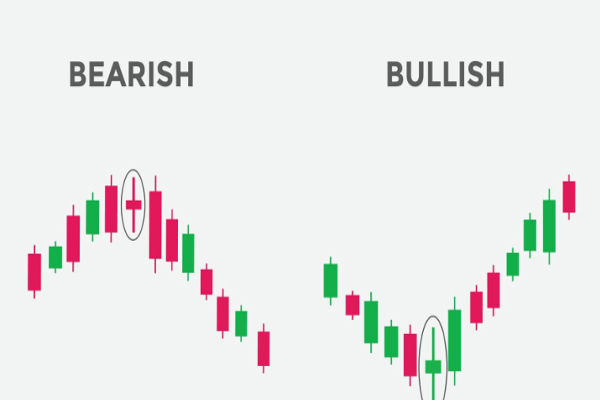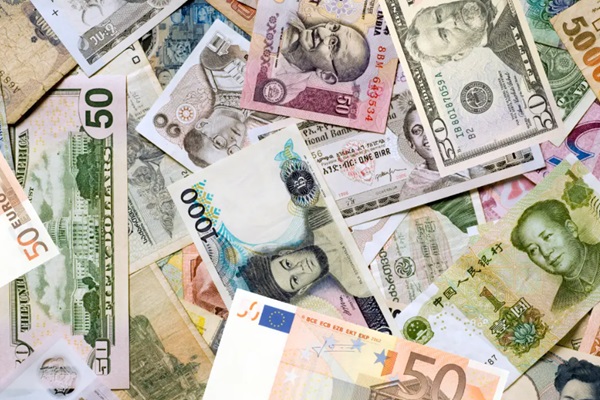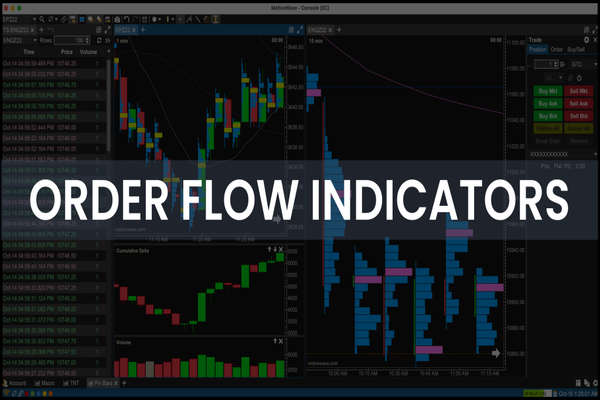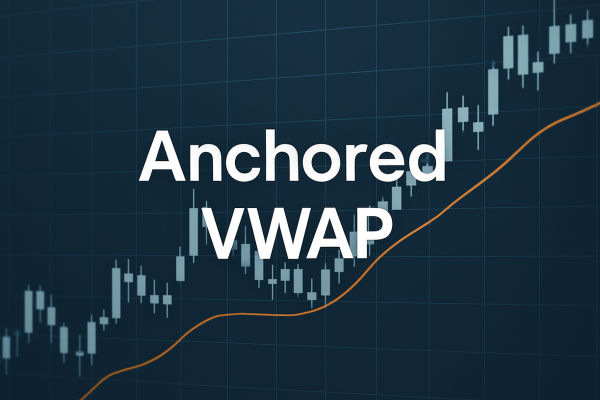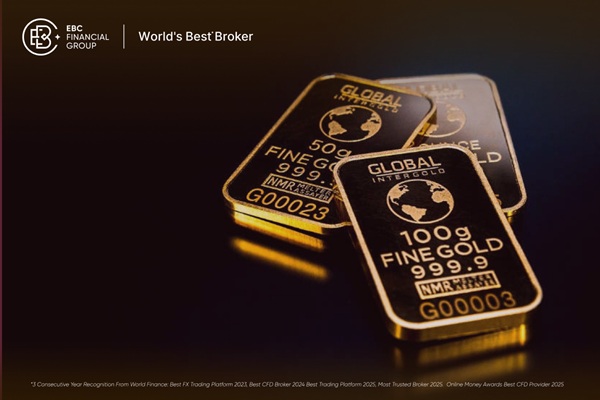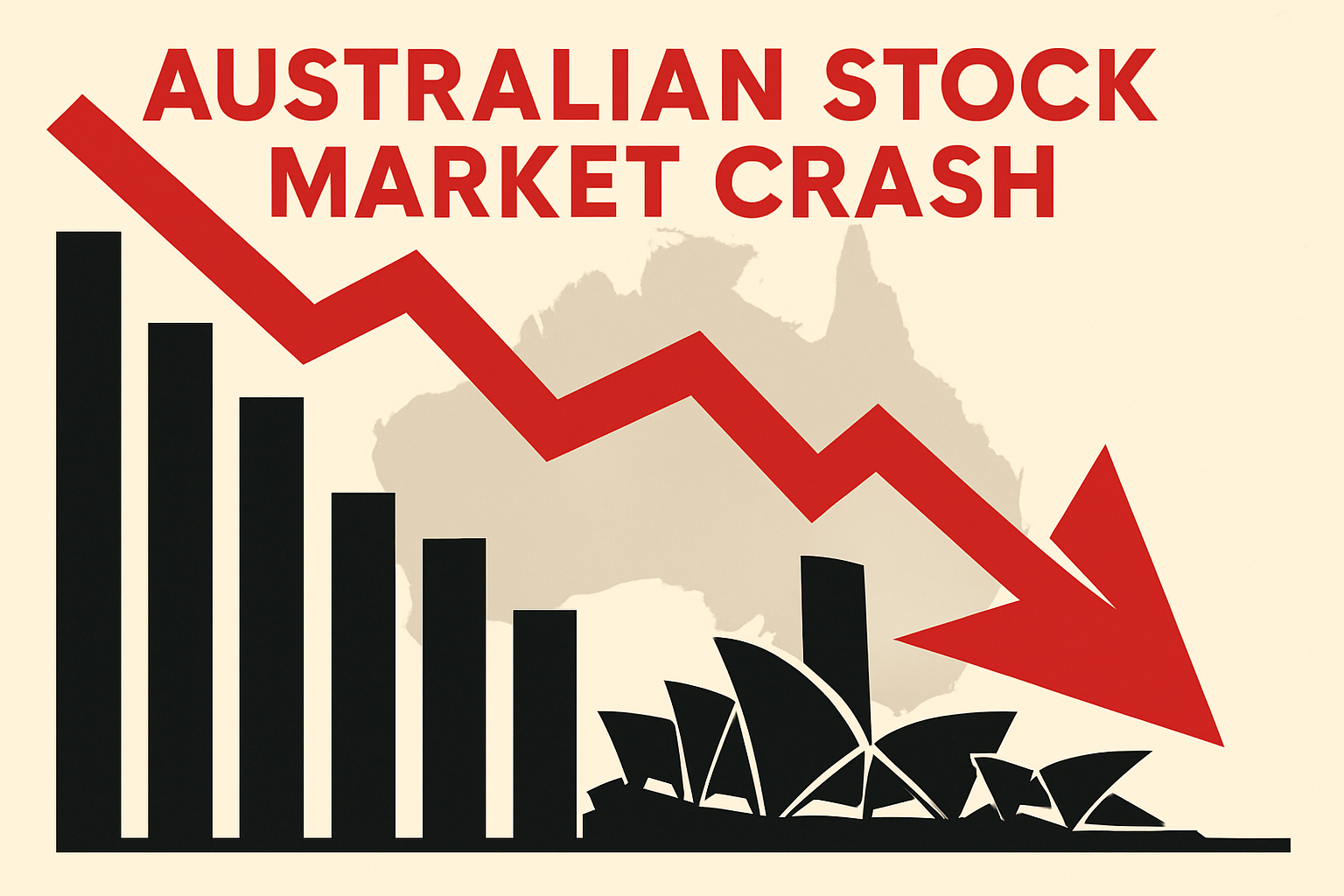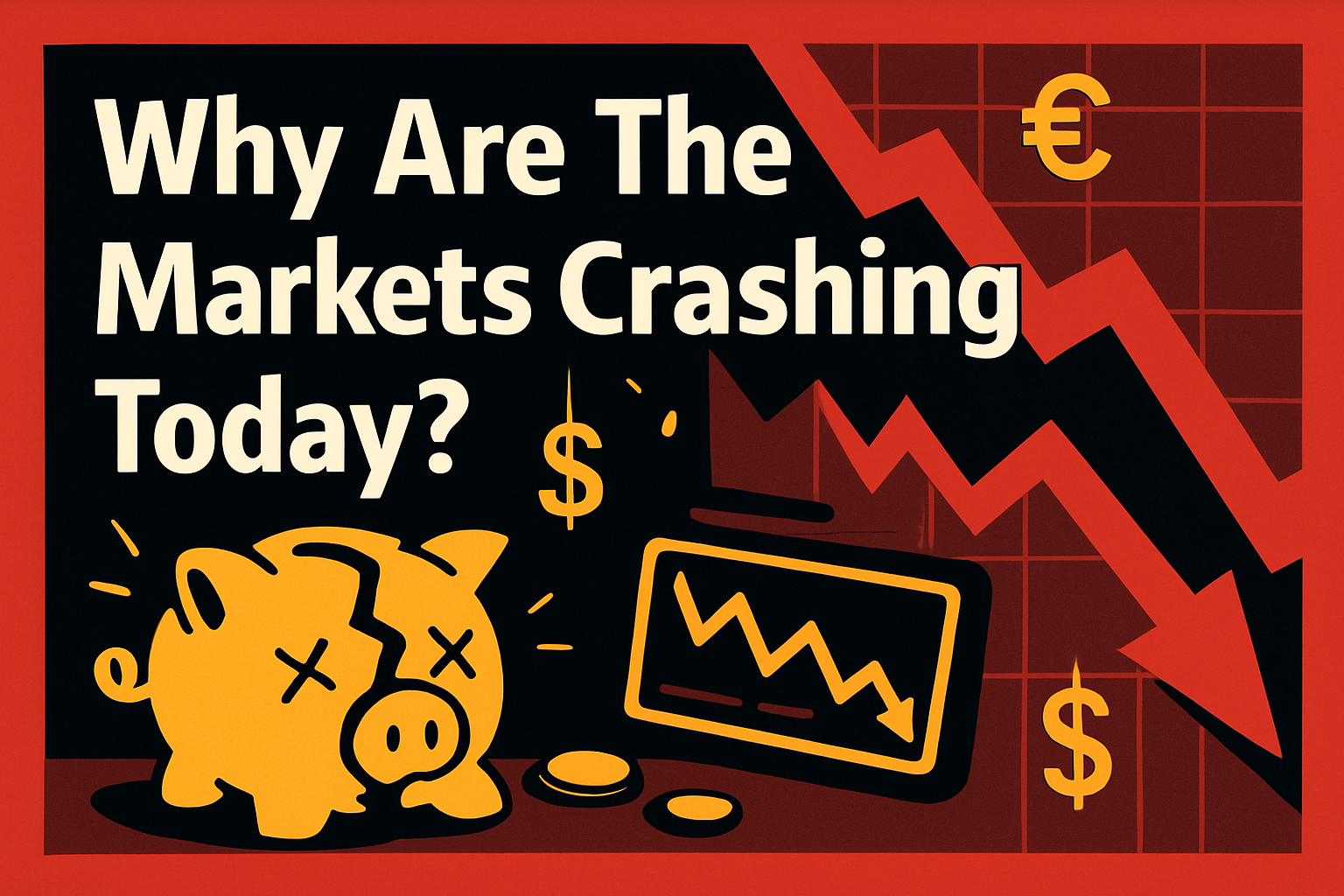On a typical trading day in 2025, the global FX market moves close to 9.6 trillion dollars. That is more value than all the world’s stock markets combined. [1]
According to the latest global turnover survey coordinated by central banks and compiled by the Bank for International Settlements, trading has grown sharply from about 7.5 trillion dollars per day in 2022, with activity concentrated in a small group of ultra-liquid currency pairs.
For active traders, that concentration is not just a curiosity. It tells you where the deepest liquidity, tightest spreads and most reliable price action are found. If you build your strategies around the top forex pairs by volume and value, you are trading in the same pool as large institutions and global corporations.
This guide breaks down the 10 most traded forex pairs, their estimated daily turnover, and what makes each one important. We will also look at how traders can use the Most Traded Currency Pair and the Most Liquid Forex Pair in practical trading plans.
What does “most traded” mean in forex?
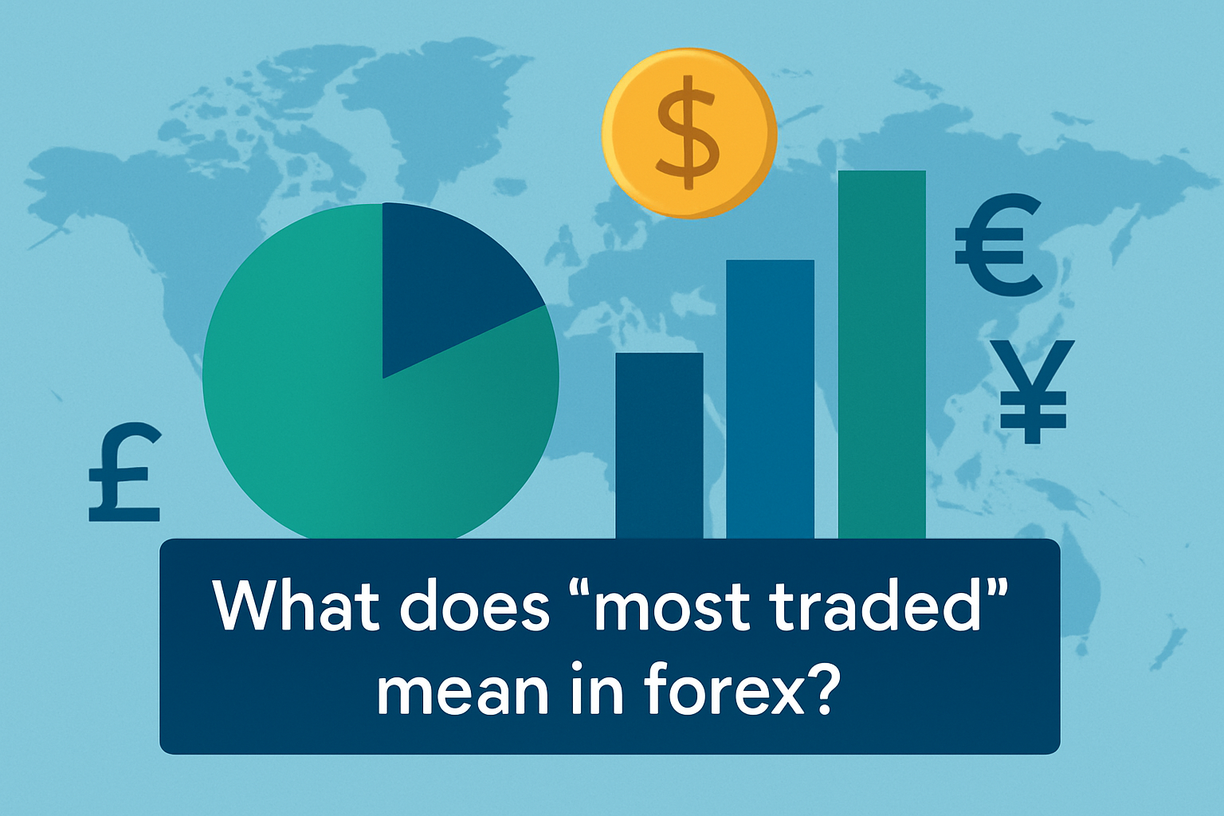
Forex is different from stocks. There is no fixed “market cap” for a currency pair. Instead, traders look at:
Average daily turnover
How many billions of US dollars change hands in that pair each day across spot, forwards, swaps and options.
Share of global FX trading
What percentage of all FX trades involve that pair.
Depth and liquidity
How easy it is to enter and exit, even with larger sizes, without moving the market much.
Based on public breakdowns of the latest global FX survey, the top 10 currency pairs together handle more than 5.5 trillion dollars of value per day, out of roughly 7.5 trillion in 2022.
That ranking is very stable over time and still forms the backbone of the market in 2025.
Top 10 most traded forex pairs by volume and value
Global ranking by daily trading value (BIS 2022)
| Rank |
Currency Pair (Convention) |
Est. Daily Turnover (USD bn) |
Share of Global FX Turnover* |
| 1 |
EUR/USD |
≈ 1,705 |
≈ 22.7% |
| 2 |
USD/JPY |
≈ 1,013 |
≈ 13.5% |
| 3 |
GBP/USD |
≈ 714 |
≈ 9.5% |
| 4 |
USD/CNY |
≈ 494 |
≈ 6.6% |
| 5 |
USD/CAD |
≈ 410 |
≈ 5.5% |
| 6 |
AUD/USD |
≈ 381 |
≈ 5.1% |
| 7 |
USD/CHF |
≈ 293 |
≈ 3.9% |
| 8 |
USD/HKD |
≈ 178 |
≈ 2.4% |
| 9 |
USD/SGD |
≈ 169 |
≈ 2.3% |
| 10 |
USD/KRW |
≈ 128 |
≈ 1.7% |
*Share calculated against total daily turnover of around 7.5 trillion dollars in 2022.
Together, these 10 pairs account for more than 5.5 trillion dollars of trading per day, or over 70% of global FX volume.
In the latest 2025 update, all of the top 10 most traded currency pairs still involve the US dollar, and the share of USD/CNY, USD/CHF and USD/HKD has risen further as the yuan, Swiss franc and Hong Kong dollar gain global importance.
Now let’s look at what stands behind each pair and how traders use them in practice.
1. EUR/USD – the Most Traded Currency Pair worldwide
EUR/USD (Euro/US Dollar) sits at the top of the ranking and is widely regarded as the Most Traded Currency Pair in the world, with about 1.7 trillion dollars changing hands daily and roughly 22.7% of global FX volume.
Why it dominates:
Represents the world’s two largest advanced economies: the United States and the euro area.
Trades heavily through the London and New York sessions, especially in their overlap.
Extremely tight spreads and deep liquidity across spot, forwards, swaps and options, making it arguably the Most Liquid Forex Pair globally.
What drives EUR/USD:
Interest rate differentials between the Federal Reserve and European Central Bank.
US and eurozone growth, inflation and labour data.
Global risk sentiment and capital flows into or out of US and European assets.
How traders use it:
Intraday traders and scalpers rely on its low spreads and clean technical behaviour.
Swing traders position around macro themes such as policy cycles or recession risks.
Institutions hedge euro-denominated portfolios and corporate cash flows.
2. USD/JPY – the classic yield and risk barometer
USD/JPY (US Dollar/Japanese Yen) is the second most traded currency pair, with daily turnover just over 1 trillion dollars and around 13.5% of global volume.
Key characteristics:
The Japanese yen is a traditional funding currency with very low domestic interest rates.
The pair is highly sensitive to US Treasury yields and changes in Bank of Japan policy.
Liquidity is strongest during the Tokyo session and continues through London.
Typical trading themes:
Carry trades, where investors borrow in JPY to buy higher-yielding currencies.
Sharp moves during periods of risk aversion, when investors unwind carry and buy back yen.
Reactions to Bank of Japan changes in yield-curve control or intervention talk.
For traders, USD/JPY offers a mix of depth, clear trends and strong reaction to macro news, which suits both intraday strategies and medium-term macro trading.
3. GBP/USD – high-beta major with deep liquidity
GBP/USD (British Pound Sterling/US Dollar), known as “Cable”, is the third most traded forex pair, with daily turnover near 700 billion dollars and roughly 9.5% of global FX activity.
Why it stands out:
Combines the US dollar with sterling, still a major reserve currency.
Trades heavily through London, the largest FX centre, and into the New York session.
Often more volatile than EUR/USD, which attracts active traders.
Drivers to watch:
Interest rate expectations for the Bank of England versus the Federal Reserve.
UK growth, inflation, current-account dynamics and fiscal developments.
Shifts in global risk sentiment, where GBP can behave like a higher-beta version of EUR.
For many traders, GBP/USD is a way to seek larger intraday swings while still benefiting from major-pair liquidity.
4. USD/CNY – China’s rise in global FX
USD/CNY (US Dollar/Chinese Yuan) is now the fourth most traded forex pair, with daily turnover just under 500 billion dollars and a share around 6.6% in 2022.
The Chinese renminbi’s overall share of global FX trading has risen to 8.5% by 2025, reflecting its growing role in trade and investment.[2]
Key features:
The pair trades both onshore (CNY) and offshore (CNH), with managed flexibility against the dollar.
Liquidity is strongest during Asian hours, concentrated around Chinese market openings.
Heavy use by corporates and institutions hedging China-related trade and investment flows.
Drivers include:
Chinese growth data, credit trends and trade balances.
Policy guidance and daily fixing from the People’s Bank of China.
US-China trade and geopolitical developments.
USD/CNY is less suitable for very short-term retail scalping but is central for macro and hedging strategies in Asia.
5. USD/CAD – North America’s energy and trade link
USD/CAD (US Dollar/Canadian Dollar) handles roughly 410 billion dollars per day, about 5.5% of global FX turnover.
Why traders care:
Canada is a major commodity exporter, especially crude oil.
The pair is heavily influenced by oil prices, North American trade and economic data.
Liquidity is strong during the New York session, overlapping with Canada’s domestic market.
Typical themes:
Trading the spread between US Federal Reserve and Bank of Canada policy.
Positioning around US and Canadian employment, inflation and GDP releases.
Using USD/CAD as a proxy for oil and broader commodity sentiment.
USD/CAD can trend well on macro stories but may spike around data and energy headlines, rewarding disciplined risk management.
6. AUD/USD – commodity and China-sensitive major
AUD/USD (Australian Dollar/ US Dollar) turns over about 380 billion dollars daily and accounts for just over 5% of global FX trades.
Key characteristics:
The Australian dollar is a classic commodity currency, tied to iron ore, coal and other exports.
Australia is heavily linked to Chinese demand, so AUD/USD often tracks Asia-Pacific growth sentiment.
Liquidity is strong during Sydney and Asian sessions, then rolls into London.
What moves AUD/USD:
Reserve Bank of Australia interest rate decisions and guidance.
Chinese growth data and commodity price trends.
Global risk appetite, especially for equities and high-yield assets.
Many traders use AUD/USD when they want a major pair that still offers relatively strong directional trends tied to commodities and China.
7. USD/CHF – the classic safe-haven cross
USD/CHF (US Dollar/ Swiss Franc) generates almost 300 billion dollars in daily turnover and nearly 4% of global FX volume.
Why it matters:
The Swiss franc is seen as a safe-haven currency, backed by a strong external position and stable institutions.
USD/CHF often moves inversely to global risk sentiment, especially during periods of market stress.
Liquidity is solid throughout the European and US sessions.
Main drivers:
Swiss National Bank policy and any signals on currency intervention.
Global risk-off events, when CHF tends to appreciate.
Relative rate expectations between the SNB and the Federal Reserve.
Traders often watch USD/CHF together with EUR/CHF and XAUUSD (gold priced in US dollars) to read risk and safe-haven dynamics.
8. USD/HKD – peg mechanics and Asian liquidity
USD/HKD (US Dollar/ Hong Kong Dollar) turns over close to 180 billion dollars per day, accounting for about 2.4% of global FX activity.
Distinctive features:
The Hong Kong dollar is pegged to the US dollar within a narrow band.
Most activity reflects hedging, funding and arbitrage around the peg, as well as regional investment flows.
Liquidity is concentrated in the Hong Kong and Asian sessions.
What to know as a trader:
Price action is more contained than in free-floating majors.
Strategies often focus on carry, funding and basis trades rather than directional macro themes.
Movements in USD/HKD can still signal stress or capital flow pressure in the Hong Kong market.
9. USD/SGD – regional hedging hub
USD/SGD (US Dollar/ Singapore Dollar) sees around 170 billion dollars in daily turnover and slightly more than 2% of global FX volume.
Why it is important:
The Singapore dollar operates under a managed float based on a currency basket and policy band.
Singapore is a major FX trading hub, with its share of global FX turnover rising to nearly 12% by 2025.
USD/SGD is widely used by institutions to hedge and express views on Southeast Asia and global trade.
Key drivers:
For traders, USD/SGD is often more of a macro and hedging tool than a pure day-trading vehicle, though liquidity is deep.
10. USD/KRW – tech, trade and volatility
USD/KRW (US Dollar/Korean Won) closes the top-10 list with around 130 billion dollars in daily turnover and roughly 1.7% of global trading.
Characteristics:
South Korea is a major exporter of electronics, autos and semiconductors, making the won sensitive to global tech and trade cycles.
USD/KRW can be more volatile than the larger majors, especially around local data or geopolitical headlines.
Liquidity is best during the Seoul and broader Asian sessions.
Common uses:
Hedging trade and investment in Korean assets.
Expressing views on global tech demand and regional risk sentiment.
Tactical trading during periods of elevated volatility
How should traders use the most liquid forex pairs?
Knowing which pairs sit at the top of the volume ladder is useful, but what matters is how you translate that into trading decisions.
1. Start with the majors for execution quality
The most traded and most liquid pairs, especially EUR/USD, USD/JPY and GBP/USD, usually offer:
The lowest transaction costs
The narrowest spreads across spot and CFDs
The deepest liquidity in most time zones
This makes them natural choices for new traders and for high-frequency or intraday strategies.
2. Match pair characteristics to your strategy
Scalpers and day traders often focus on EUR/USD and USD/JPY, where spreads are tiny and news flow is constant.
Swing traders may prefer GBP/USD, AUD/USD or USD/CAD, where macro themes and commodities can drive multi day trends.
Macro and hedging strategies frequently use USD/CNY, USD/SGD and USD/KRW to express views on Asia, trade and global growth.
3. Use liquidity to manage risk, not to over-leverage
High liquidity does not remove risk, but it helps you manage it:
Orders are more likely to be filled at your intended levels
Slippage is typically smaller, especially in normal conditions
You can size positions more precisely around key levels.
EBC analysts generally advise traders to master the most liquid major pairs first. Once your system is robust there, you can gradually explore crosses and less liquid markets if they fit your edge and risk tolerance.
FAQs: Most traded forex pairs, liquidity and strategy
1. What is the most traded forex pair in the world?
The global leader is EUR/USD, which handles well over 1.7 trillion dollars of value per day and roughly one quarter of global FX turnover in the latest full survey. Its dominance reflects the size of the US and euro area economies, plus its deep liquidity in all major trading sessions.
2. Which is the most liquid forex pair for active traders?
In practical terms, EUR/USD is the Most Liquid Forex Pair, closely followed by USD/JPY. Both pairs offer very tight spreads, deep order books and heavy participation from institutions and retail traders. For most short term strategies, they are the logical starting point.
3. Why do all of the top 10 most traded pairs involve the US dollar?
The US dollar remains the main invoicing and reserve currency in global trade and finance. It is on one side of almost 90 percent of all FX trades. That vehicle role means most cross border flows are converted through USD, which keeps dollar pairs at the center of global liquidity.
4. How often do the rankings of the top forex pairs change?
The hierarchy is very stable. EUR/USD has been number one for many years, with USD/JPY and GBP/USD also consistently in the top group. Shares can shift at the margin as economies grow, policies change or new financial centers rise, but the top cluster of dollar pairs tends to remain the same from one three year survey cycle to the next.
5. Are exotic currency pairs ever better to trade than majors?
Exotics can offer larger percentage moves, but there are trade offs such as wider spreads and higher transaction costs, thinner liquidity, especially around news, and higher risk of price gaps.
For most traders, majors and top crosses provide a better balance between opportunity and execution quality. Exotics are best reserved for specific macro views and experienced traders with strict risk control.
6. Do I need to trade all 10 of the most traded pairs?
No. You do not need to touch every pair on the list. A more effective approach is:
Start with one or two of the most liquid majors, such as EUR/USD or USD/JPY.
Learn their behaviour across sessions, data releases and risk cycles.
Add other pairs only when you have a clear reason that fits your strategy, such as a commodity view in USD/CAD or a China view in USD/CNY.
7. Do I have to trade the most traded pairs to be profitable?
No. Profitability depends more on your strategy, risk control and discipline than on the pair itself. However, most traders start with major pairs because of cheaper execution, lower slippage, and reliable liquidity even during volatile events.
Conclusion
The global FX market may look huge and complex, but its real trading engine is a tight cluster of ultra liquid major pairs. At the top sits EUR/USD, the Most Traded Currency Pair and the practical benchmark for FX liquidity.
Just behind it, USD/JPY and GBP/USD anchor activity in Asia and London New York, while USD/CNY, USD/CAD, AUD/USD and USD/CHF link the dollar to China, commodities and safe haven flows. USD/HKD, USD/SGD and USD/KRW complete the picture in Asia.
For traders, the message is clear. If you want better pricing, cleaner technicals, and more predictable execution, then your first focus should be the most traded, most liquid forex pairs.
Build a robust strategy around how these markets respond to data, policy and risk sentiment. From that solid base, you can decide whether and when to step further out along the risk and liquidity spectrum.
Disclaimer: This material is for general information only and does not constitute financial, investment or trading advice. Any trading decision should be based on your own judgement and risk tolerance.
Sources
[1] https://www.bis.org/statistics/rpfx25_fx.htm
[2] https://www.bis.org/statistics/rpfx25_fx.htm







